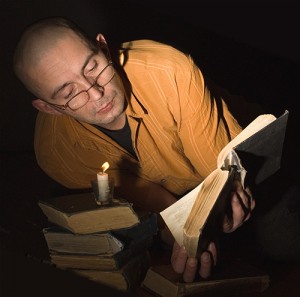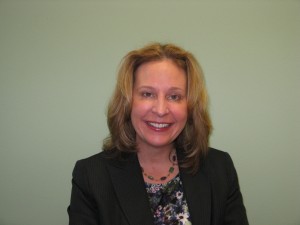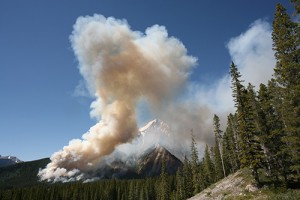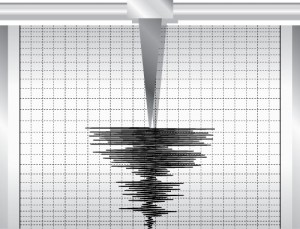 Earlier this month I wrote a post about how our digital assets are protected in the cloud in the event of a disaster such as an earthquake. A recent incident at my house helped me understand the importance of protecting my personal digital assets. I was reminded how essential it is to protect my data and my equipment in the event of a disruption.
Earlier this month I wrote a post about how our digital assets are protected in the cloud in the event of a disaster such as an earthquake. A recent incident at my house helped me understand the importance of protecting my personal digital assets. I was reminded how essential it is to protect my data and my equipment in the event of a disruption.
When The Lights Go Out
Last week I lost power at my house for several hours because a driver barreled down my gravel road at twice the posted speed, at night, missed a corner, and plowed into a power pole. Luckily he was fine, but the pole was not and neither was his truck. My work came to a crawl as I realized that while my laptop would last a few more hours, I was an island in terms of my Internet connection. Without power I had no router and without a working router I had no access to my remote files. I was uncomfortably aware of the holes in my personal continuity plan.
Backups
In the event of an outage I want to know that my cloud data is secure and that I have backed up my local disks. The cloud data is largely up to my service provider, whether it be Amazon Web Services, Microsoft Azure, or any number of other providers that store data. If it is a localized interruption then my data will be secure in a remote data center. If I have data on a local disk then I need to remember to back it up onto another physical disk or back it up to the cloud. The key here is “remember,” which I sometimes forget, so an automatic scheduler is important.
Line Conditioning
In case of a power outage of any kind, it is important to ensure that your computing equipment is safe from voltage spikes and drops. A line conditioner attached to your home equipment will mitigate these problems. Even better is a line conditioner with battery backup such as the APC home unit. This will protect against voltage spikes and drops but it will also give you enough time after an outage to close all of your files and shut down your equipment properly. If your router is plugged into this unit, it could give you time to download important files to a local drive in the event of a prolonged outage.
Alternative Power
Portable battery chargers are useful for rescuing dead smartphones but they can also extend the life of a tablet or even a laptop. If you are experiencing a long outage, this could give you the power you need to post that last tweet or answer that important text message. It is necessary to make sure that you keep your backup battery charged at all times or it will be useless in an emergency. Some portable batteries charge using solar energy. The Biolite camp stove charges a device by burning small twigs and leaves, which is perfect if you want to warm yourself and charge your device at the same time.
Thoughts
It is important to have a personal continuity plan for your digital devices as well as for your own personal safety. It takes planning and preparation but can pay off if you ever face an emergency where someone or something interrupts the power supply. Tell me about your personal continuity plan. Has it ever been put to the test? Did it work? Let me know.
Kelly Brown is an IT professional and assistant professor of practice for the UO Applied Information Management Master’s Degree Program. He writes about IT and business topics that keep him up at night.




